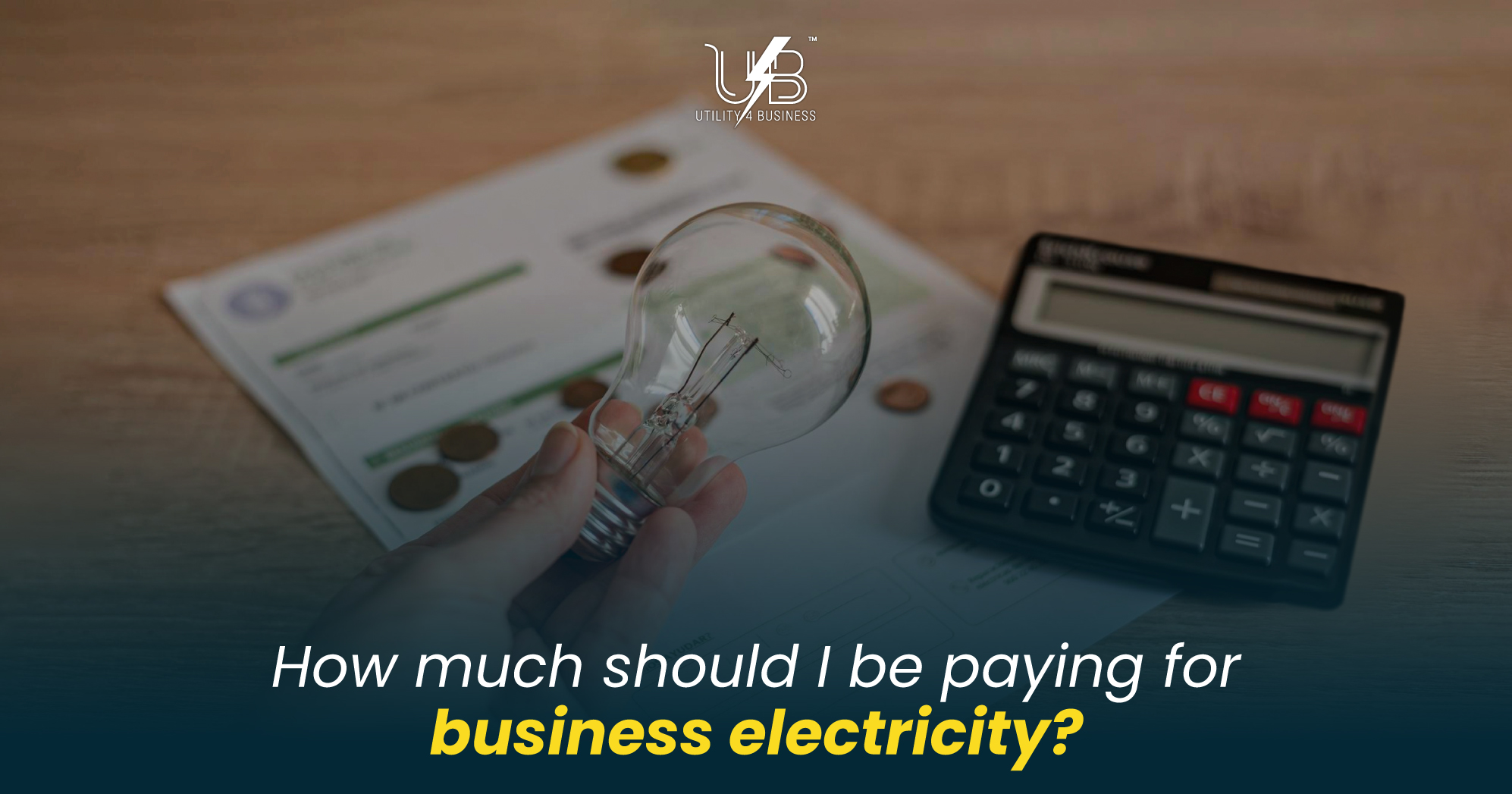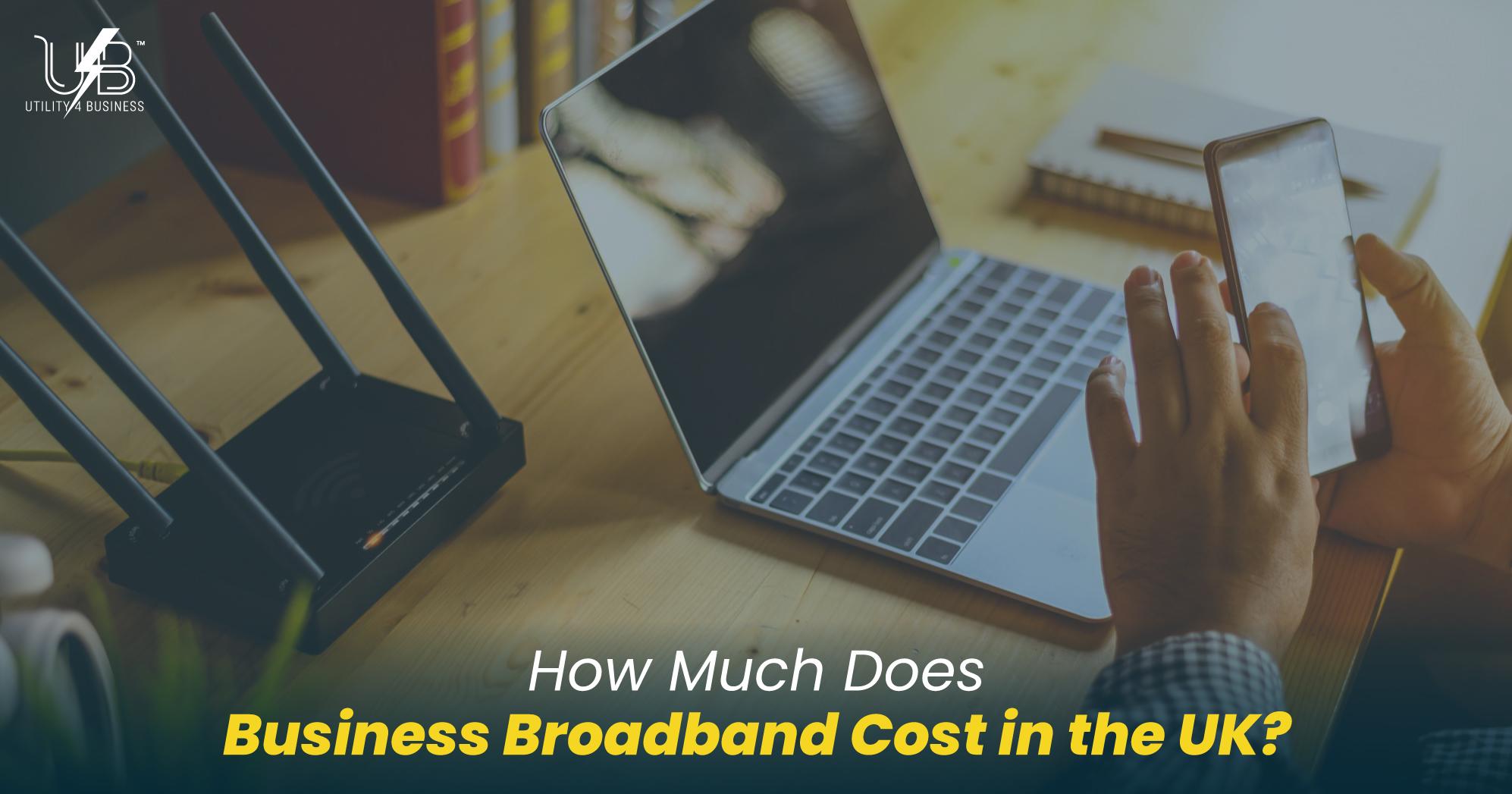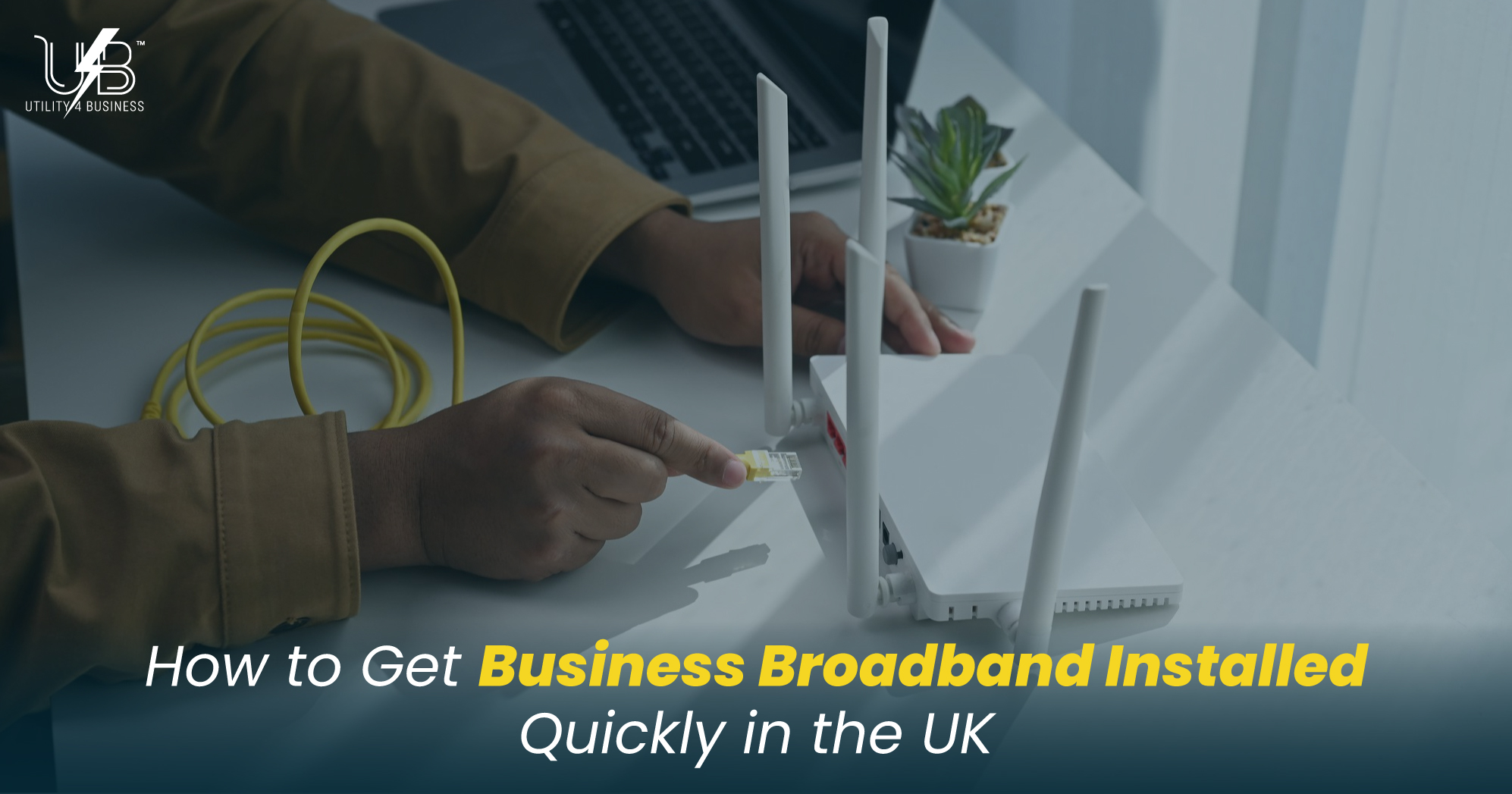How much should I be paying for business electricity?
Business Electricity Costs 2025 UK Guide

Have you ever stared at your electricity bill and wondered if you’re paying too much? You’re not alone. Many business owners worry about rising business electricity prices UK and want to know how much they should be paying for business electricity.
With average business electricity cost climbing again in 2025, it helps to break down what you’re actually being charged.
Understanding Business Electricity Costs
What Makes Up Your Electricity Bill?
Your electricity bill has a few key parts. First is the unit rate, which tells you the pence you pay per kWh of power you use. Then there’s the standing charge—a daily fee that covers maintaining the grid.
On top of that, you’ll see things like the Climate Change Levy (CCL), VAT, and some smaller non-commodity costs.
Together, these add up to your final total. If you know your unit rate and standing charge, you can roughly work out your average business electricity cost before all the extra bits roll in.
How Costs Vary by Business Size
Not all businesses use the same amount of power. A tiny shop might use 5,000–15,000 kWh per year, while a mid-sized office could be in the 25,000–50,000 kWh range. Big factories often go above 50,000 kWh.
The more you use, the lower your unit rate might be, but your standing charges usually stay flat. If you run a small café or salon (15,000–25,000 kWh per year), you’ll often pay slightly more per kWh than a large warehouse.
That said, micro businesses tend to face extra fees because suppliers bundle more costs into their rates.
Regional Price Variations
Location matters. Businesses in London often pay higher distribution charges than those in Northern Ireland or Scotland. That affects your business electricity per kWh. You might pay 27 p/kWh in the southeast, but closer to 26 p/kWh up north.
Likewise, standing charges can range from 39.5 p/day in one region to over 100 p/day in another. When you compare business electricity, make sure you’re looking at rates for your postcode, not just the national average.
Average Business Electricity Rates in 2025
Current Market Rates
In April 2025, UK businesses were paying between 25.7 p/kWh to 27.5p /kWh for their unit rates. The standing charges were between 39.5 p per day to 114.2 p per day. Your location and the type of meter will influence your specific charges.
Now if you are a medium user - you using between 25,000 - 50,000 kWh/year - your annual costs will be between £6,425 - £13,750 before taxes. Micro and small businesses that consume lots less will see bills in the range of £1,850 - £6,250.
Historical Trends
Electricity costs jumped in 2022 when global gas prices spiked. Since then, we’ve seen rates ease slightly, but they remain well above pre-2022 levels.
In 2022, the average unit rate was around 23 p/kWh; by 2025 it’s closer to 26.5 p/kWh. This swing reflects wholesale market ups and downs and changing green levies.
Fixed vs. Variable Tariffs
Fixed-rate tariffs lock in your unit rate and standing charge for a set term. That makes budgeting easier and shields you from sudden spikes.
Variable rates can drop if wholesale costs fall, but they can also climb without warning. If you value certainty, a fixed deal might suit you. If you and your team keep a close eye on prices, you could risk a variable plan to chase lower rates.
Factors Influencing Electricity Prices
Wholesale Market Dynamics
Behind every pence-per-kWh charge is the wholesale market. When demand outstrips supply or gas prices climb, your unit rate can rise. Geopolitical events—anything from natural disasters to international conflicts—can send prices up overnight.
Business-Specific Factors
Your annual consumption level influences your rate. Businesses that run 24/7 or hit high-demand hours pay more. If you have a half-hourly smart meter, you get billed for peak and off-peak use separately. That can help you shift some power use to cheaper times.
Location and Distribution Costs
Your regional Distribution Network Operator (DNO) sets charges for moving power along local lines. Transmission Network Use of System (TNUoS) and Distribution Use of System (DUoS) fees appear on your bill. These vary by geography, so your business electricity prices UK won’t match every postcode.
Strategies to Optimise Electricity Costs
Compare Suppliers and Tariffs
Don’t let your contract auto-renew. When it ends, use comparison services to compare business electricity rates 2025 across dozens of suppliers. Get bespoke quotes for your usage level. Avoid deemed rates—they’re often the most expensive option when you miss a renewal window.
Improve Energy Efficiency
Simple fixes add up fast. Switch to LED lighting. Turn off equipment when you’re not using it. Consider an energy audit to pinpoint waste. Over time, these steps lower your kWh use and your average business electricity cost.
Explore Off-Peak Tariffs
If your business can run some processes after hours, ask for a multi-rate meter. Off-peak power can be up to 30% cheaper. It takes upfront metering costs, but you could see payback in months if you shift enough load.
Leverage Tax Incentives
Some small businesses qualify for a reduced VAT rate of 5% on energy. You may also get Climate Change Levy exemptions if you generate renewable electricity on-site. Check with your accountant or energy broker to see what applies.
Conclusion
Electricity costs have many moving parts—from wholesale swings to regional fees. By understanding your bill, comparing business electricity comparison tools, and taking simple efficiency steps, you can keep control of your spend. A little planning today can lead to big savings tomorrow.
Ready to cut your electricity costs? Start reviewing your bills and explore the best tariffs with Utility4Business now.
Find This Article Helpful? Share It Now!
At Utility4Business, we offer top-notch customer support and business utility solutions for businesses across the UK. Consider sharing this article and helping others discover how our expertise can add value to their business success.

Read Our Latest Posts
Explore our latest blog posts and learn how Utility4Business can support your business growth with tailored utility solutions and services. Stay ahead of the curve with the latest information from industry experts and take advantage of our user-friendly comparison services to find the best business deals.


Get Connected
At Utility4Business, our team of experts can help you figure out the highest-value business utility deals that will help your business grow over time.


